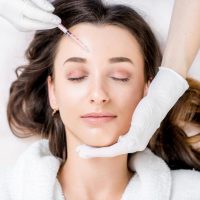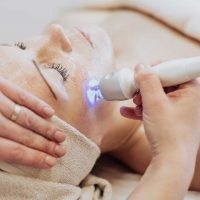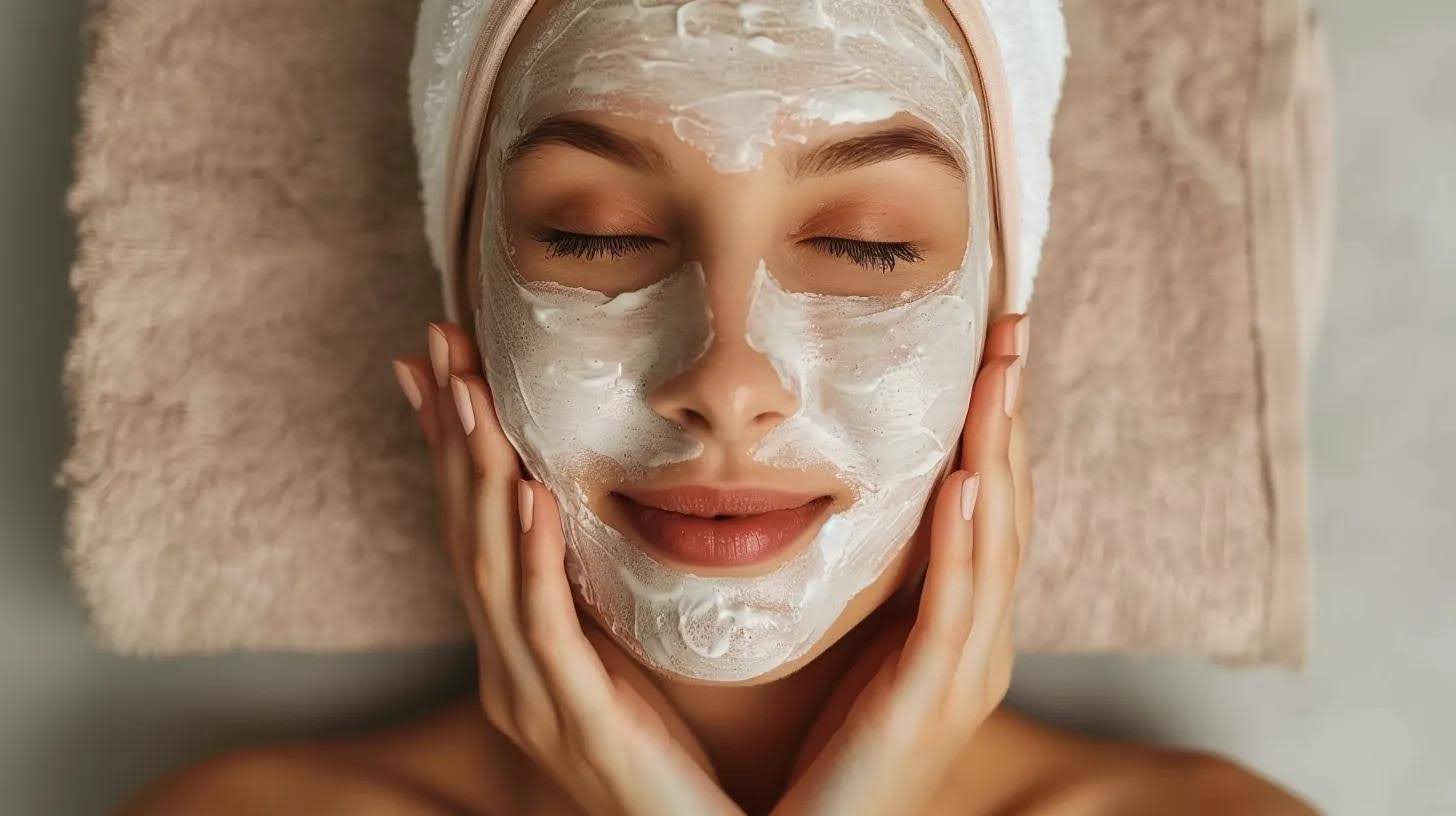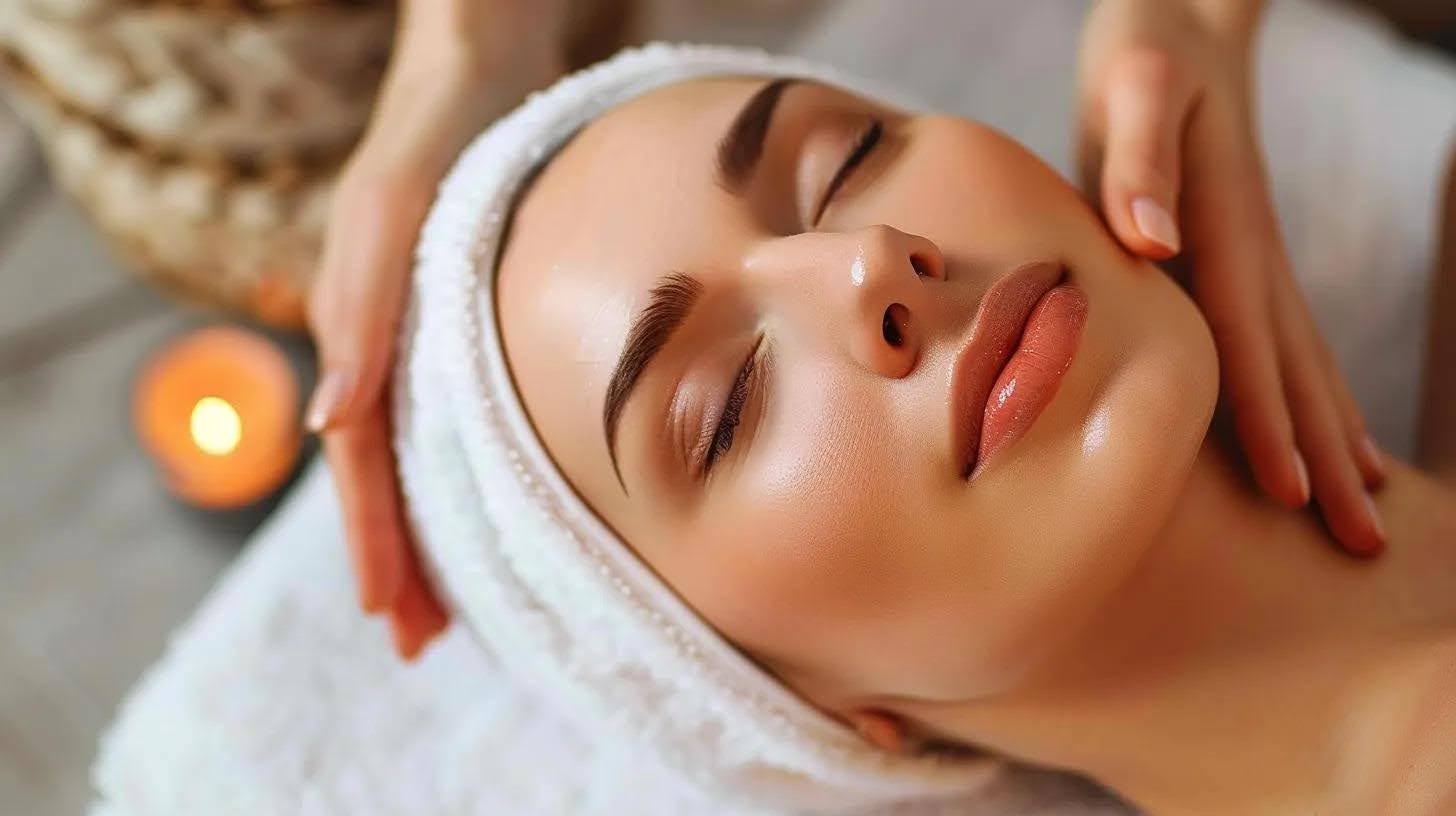Chemical peels are a highly effective, non-invasive option for treating acne scars by removing damaged skin layers and encouraging new skin cell growth. Through exfoliation and collagen stimulation, they smooth out uneven textures caused by scarring, especially boxcar and atrophic types. These treatments can be tailored using glycolic, salicylic, or trichloroacetic acid to match the depth and severity of the scarring.
chemical peels are increasingly sought-after treatments in medical spa and aesthetic wellness settings for their ability to improve the appearance of acne scars. At our-practice, our range of facial treatments—including procedures such as injectables-fillers—supports comprehensive skin care and overall health wellness. These non-surgical procedures work by applying a chemical solution to the skin, which exfoliates the top layers and stimulates the regeneration of fresh skin tissue. For individuals struggling with boxcar, ice pick, or atrophic scars resulting from acne, chemical peels offer an alternative to more invasive procedures such as dermabrasion or laser treatments.
In some cases, complementary treatments like injectables-fillers can be integrated into the recovery process to enhance skin contour and smoothness. The renewed skin not only appears smoother and more even-toned, but the process also promotes collagen remodeling, which is crucial for long-term scar improvement. In an era where both isotretinoin and a variety of other treatments fight acne-related issues, many are discovering that chemical peels provide a complementary solution that addresses issues like post-inflammatory hyperpigmentation, dark skin hypopigmentation, and overall discoloration. For additional details, please contact our office. This article discusses in detail how chemical peels address acne scars, examines different peel treatments, explains key acids used in the formulations, and provides guidance on post-peel skin renewal and care.
Transitioning into the multifaceted discussion, the following sections from our-practice will explore the science behind chemical peels, evaluate different treatment options including injectables-fillers, analyze their efficacy on various scar types, and highlight the significance of integrating facial treatments and health wellness strategies with proper skin care for optimal rejuvenation.
Understanding How Chemical Peels Address Acne Scars
Chemical peels improve the appearance of acne scars by promoting exfoliation, collagen remodeling, and accelerated skin regeneration. In our-practice, we combine facial treatments with chemical peels to not only revitalize your skin but also enhance overall health wellness. The process involves the application of an acid solution that loosens the bonds between dead skin cells, allowing them to be shed. This rapid exfoliation not only removes the top blemished skin layers but also triggers the body’s natural healing processes, resulting in the replacement of old skin with new, smoother skin. Scientific research has consistently shown that controlled injuries to the epidermis, as induced by chemical peels, stimulate fibroblast activity and collagen production a key factor in reducing the depth of scars. For more information, please contact us to learn about injectables-fillers and other body treatments.
Will chemical peels help acne?
Yes, chemical peels help acne by exfoliating dead skin cells, clearing clogged pores, and reducing post-inflammatory pigmentation. Glycolic and salicylic acid peels lower oil production and bacteria buildup, which contributes to active breakouts. Will chemical peels help acne in the long term? With repeated treatments, they can improve both acne and acne scarring while supporting skin renewal.
The Science Behind Exfoliation for Scar Improvement
The first step in scar reduction through chemical peels is exfoliation—a process that our-practice considers essential before any further facial treatments or injectables-fillers are introduced. By removing aged, damaged skin, chemical peels reveal a newer layer with a more uniform texture and pigmentation. The acids used in the peel, such as glycolic acid and salicylic acid, break down the connections between corneocytes, accelerating the shedding process. This enhanced exfoliation decreases the uneven surface that is typical with acne scars, particularly the shallow, discolored varieties. In a 2017 study published in the Journal of Cosmetic Dermatology, patients receiving glycolic acid peels experienced a statistically significant improvement in skin texture and scar appearance over a 12-week period. The improved exfoliation also allows for more effective penetration of subsequent topical treatments, such as retinoids or antioxidants, which further promote scar healing and support a comprehensive health wellness approach that can include iv therapy. For more details, feel free to contact us.
How Peels Stimulate Collagen for Smoother Skin Texture
Chemical peels are not merely about removing old skin—they create a controlled injury that triggers wound healing and have become a cornerstone of facial treatments. When the chemical solution is applied, the resulting cellular damage activates the body’s natural repair mechanism. Fibroblasts, the cells responsible for collagen synthesis, are mobilized to the affected area, and in some cases, injectables-fillers such as belotero balance are used adjunctively to enhance the natural collagen boost. New collagen fibers restructure the dermis, which is critical for smoothing out the depressed scars that result from severe acne. Studies have shown that collagen increases by up to 20% after a series of medium-depth peels, significantly enhancing skin firmness and elasticity. This process is particularly beneficial for deep boxcar scars, where the addition of collagen fills in the gaps and reduces their visibility, reinforcing an overall commitment to health wellness.
Assessing the Effectiveness of Chemical Peels for Different Acne Scar Types
Different acne scar types such as atrophic, hypertrophic, and ice pick scars—respond variably to chemical peels. In addition to standard chemical peels, our-practice offers specialized facial treatments that incorporate adjunct options like injectables-fillers and belotero balance to help refine skin texture. Superficial peels are more effective on mild scarring and hyperpigmentation, while medium- and deep-depth peels can be tailored to tackle more pronounced scarring types. For example, superficial peels employing mandelic acid or glycolic acid reduce superficial discoloration and minor textural irregularities. In contrast, deeper peels using trichloroacetic acid (TCA) can penetrate more effectively into the dermis, thereby addressing deeper scars. Clinical data indicate that individuals with atrophic acne scars see a greater than 35% improvement after a series of controlled peel sessions. These outcomes correlate with both enhanced exfoliation and increased collagen synthesis, supporting a dual mechanism of action that aligns with a comprehensive health wellness approach.
Do Chemical Peels Work for Acne Scars by Promoting New Skin Growth
Chemical peels facilitate the growth of new, healthier skin by removing the damaged epidermis and stimulating regenerative processes in the dermis. Many patients now incorporate facial treatments and injectables-fillers into their routines to enhance overall skin rejuvenation. The removal of old cells provides space and signals for new cell production, which results in the appearance of a fresher, more even skin surface. This rejuvenation is particularly evident in patients who undergo multiple peel sessions, often complemented by iv therapy to support comprehensive skin health. Research published in the Journal of Dermatological Treatment highlights that patients who repeated chemical peels every 4 to 6 weeks experienced significant long-term benefits in terms of scar appearance and skin smoothness.
Can chemical peel remove scars?
Chemical peels can remove shallow acne scars and reduce the depth of moderate ones through skin resurfacing and collagen production. Many patients ask, can chemical peel remove scars, especially boxcar or rolling types. Results depend on the peel depth superficial peels lighten pigment, while medium-depth peels improve texture and visibility of depressions.
Comparing Peel Depths for Varying Scar Severity
The depth of a chemical peel is a key determinant in its effectiveness against different acne scars. Superficial peels target only the epidermis, yielding minimal downtime but also offering limited results for deeper scars. Medium-depth peels, on the other hand, penetrate into the papillary dermis, producing more noticeable improvements in scar depth and texture, making them a popular choice among clients seeking effective facial treatments. Deep peels, though associated with longer recovery times and potential risks, provide the most robust response for severe acne scarring and can be complemented with iv therapy for enhanced recovery. The choice of peel depth must balance the desired results against the patient’s skin type, scar severity, and overall goals, aligning with their overall health wellness. In clinical practice, dermatologists from our-practice typically evaluate scars using standardized scales, ensuring that the selected peel intensity matches the individual’s needs.
Chemicals scars: what does this treatment really mean?
The phrase “chemicals scars” refers to chemical peel treatments that target acne-related scarring with safe, regulated acids. These acids exfoliate the top skin layers and trigger healing responses that smooth and fade scars over time. If you’re searching for chemicals scars treatments, chemical peels like glycolic acid, salicylic acid, and TCA are commonly used to treat both discoloration and texture irregularities.
Exploring Different Chemical Peel Treatments for Scar Revision
Chemical peel treatments vary in their composition and depth, offering customizable solutions for different scar types and skin conditions. At our-practice, this approach is often integrated with facial treatments to ensure comprehensive care that addresses both aesthetic and functional aspects of the skin. This section discusses superficial, medium-depth, and deep chemical peels, detailing their usage, benefits, and what to expect during each procedure. Choosing the right type of peel is essential for targeting specific acne scar issues, whether they are mild discoloration or deep pitted scars, and in some cases, injectables-fillers may complement the treatment plan.
Superficial Peels for Mild Acne Scarring and Discoloration
Superficial peels, also known as “luncheon peels,” primarily target the epidermis. At our-practice, these procedures are an essential element of facial treatments for patients seeking revitalized skin. They are ideal for patients with light acne scars, post-inflammatory hyperpigmentation, and minor textural issues. Agents like glycolic acid, lactic acid, and even mandelic acid are commonly used in these treatments. In some cases, combining these peels with injectables-fillers can further enhance overall skin rejuvenation. These acids work by breaking down a small portion of the skin’s top layer, encouraging the natural shedding process and resulting in an improved skin tone. Because the depth of penetration is minimal, recovery times are short and the risk of side effects, such as pigmentation changes, is low. In clinical practice, patients often notice a brighter complexion and reduced visibility of superficial acne scars after a series of superficial peel treatments. For more information or to schedule a consultation, contact us at slimming solutions med spa for a comprehensive approach to your skin care regimen.
For example, glycolic acid is frequently used due to its small molecular size, which allows it to penetrate deeper even in superficial treatments, enhancing its effectiveness. A study published in the Aesthetic Surgery Journal revealed that subjects receiving 30% glycolic acid peels experienced a statistically significant reduction in fine lines and uneven pigmentation over several sessions. This kind of multi-session approach is highly recommended for sustained improvements.
Medium-Depth Peels for More Pronounced Acne Scars
Medium-depth peels penetrate further than superficial ones, reaching into the upper dermis. These peels are typically performed with trichloroacetic acid (TCA) at concentrations between 20% and 35%, which provides a more substantial regeneration process. Patients with deeper acne scars, including some cases of ice pick scars or mild hypertrophic scars, benefit from medium-depth peels as the induced collagen production helps to fill in these irregularities. Although the recovery period is longer compared to superficial peels—often requiring up to 10 days of downtime resultant improvements in scar depth and skin texture are generally more dramatic.
The increased depth of treatment means that side effects such as redness and peeling are more pronounced, yet these are typically temporary. Dermatologists often recommend a series of medium-depth peels, spaced several weeks apart, to gradually achieve the desired skin remodeling without overwhelming the regenerative capacity of the skin. Moreover, combining medium-depth peels with adjunct treatments like vitamin C serums or retinoids can boost the collagen-stimulating effects and further enhance scar revision outcomes.
Deep Chemical Peels for Significant Acne Scar Resurfacing
Deep chemical peels are reserved for patients with severe acne scarring or significant skin discoloration that has not responded to less aggressive treatments. Utilizing very high concentrations of phenol or TCA, deep peels completely remove the epidermis and a significant portion of the dermis, initiating an extensive wound healing response that promotes dramatic collagen production. Due to their intensity, deep peels require a longer recovery time, and patients must adhere to strict post-operative care regimens to minimize risks such as infection or prolonged hyperpigmentation. The benefits, however, can be profound, with many patients reporting substantial improvements in skin smoothness, texture, and overall appearance.
One benefit of deep peels is the dramatic reduction of deep pitted scars, often converting them into much shallower depressions. Because of the aggressive resurfacing technique, these peels can also produce lasting improvements in skin tone and evenness, though they are associated with higher risks and require skilled professional administration. The decision to use a deep peel must be made after thorough consultation, with consideration given to the patient’s skin type, history of chemical peels, and overall expectations.
What to Anticipate During Each Type of Peel Procedure
During superficial peels, patients can expect mild tingling and slight redness for a few hours post-procedure. In contrast, medium-depth and deep peels often entail a more significant peeling and flaking phase, which can last from several days to over a week. Pain management and proper hydration are essential in the recovery period, and patients are advised to use specific post-peel moisturizers and sunscreens to protect the new skin. Each type of peel has its own specific aftercare protocol, which is critical for maximizing results and minimizing complications.
Professional Versus at-Home Chemical Peels for Acne Scars Safety and Efficacy
When considering chemical peel treatments, the choice between professional and at-home procedures is significant. Professional peels are administered by dermatologists or experienced aestheticians and tend to use higher acid concentrations, delivering more noticeable results. Conversely, at-home peels, while more convenient and cost-effective, are typically lower in acid concentration and are best suited for maintenance rather than significant scar revision. Studies have shown that professional peels yield superior outcomes for acne scars, particularly when resurging collagen. However, for patients with a well-managed skin care routine and stable skin condition, at-home treatments can serve as a supplementary approach to maintain the improvements achieved through clinical procedures.
Key Acids in Chemical Peels and Their Role in Fading Acne Scars
Chemical peels harness the power of various acids to target specific skin conditions, especially acne scars. Each acid in a peel formulation brings its own set of properties that help to exfoliate the skin, stimulate collagen production, and reduce hyperpigmentation. Understanding the role of each acid is essential for tailoring treatments to individual scar types and skin conditions. In medical spas and aesthetic clinics, common acids such as glycolic acid, salicylic acid, trichloroacetic acid (TCA), Jessner’s solution, and phenol are routinely used for their unique benefits.
Glycolic Acid Peels for Exfoliating Surface Acne Scars
Glycolic acid, an alpha hydroxy acid (AHA) with the smallest molecular size among AHAs, is renowned for its excellent skin penetration capabilities. It works by breaking down the bonds between dead skin cells, effectively promoting exfoliation of the superficial skin layers. This rapid removal of discolored and uneven layers results in a brighter complexion and can help lessen the appearance of surface acne scars. Glycolic acid peels are especially beneficial for individuals with mild or moderate acne scarring and those with post-inflammatory hyperpigmentation. A clinical study conducted in 2018 found that a series of glycolic acid treatments led to a 30% improvement in skin texture and uniformity, with a notable reduction in post-acne marks. The study attributes these results to enhanced cell turnover and increased hydration of the skin.
In addition to improving texture, glycolic acid peels facilitate the better absorption of subsequent topical formulations, such as retinoids and vitamin C, which further support the skin’s healing process. This makes glycolic acid peels a cornerstone treatment in combination therapy for acne scars.
Salicylic Acid Peels Targeting Oily Skin and Post-Inflammatory Marks
Salicylic acid, a beta hydroxy acid (BHA), is particularly effective for oily and acne-prone skin due to its ability to penetrate into pores and dissolve sebum. By reducing excess oil and unclogging pores, salicylic acid peels diminish the risk of new acne formation and help fade post-inflammatory hyperpigmentation. Its anti-inflammatory properties aid in calming irritated skin, making it a suitable choice for patients with sensitive or inflamed acne scars. Salicylic acid’s keratolytic action also contributes to a smoother skin surface, which can enhance the overall appearance of scars. A peer-reviewed study published in the International Journal of Dermatology in 2019 demonstrated that salicylic acid treatment resulted in reduced redness and improved clarity in post-acne scarring by controlling inflammatory processes.
The benefits of salicylic acid are further enhanced when used in a combined peel formulation with other acids, offering a multi-faceted approach to address both acne and its residual marks.
Trichloroacetic Acid (TCA) Peels for Deeper Acne Scar Treatment
TCA peels, employed at varying concentrations, are highly effective for treating moderate to severe acne scars. Their ability to penetrate into the papillary dermis makes them suitable for reducing deeper atrophic scars. TCA induces a controlled injury to the skin, prompting a robust collagen remodeling response that fills in scar depressions. While TCA peels are generally more aggressive and require careful post-treatment care, their outcomes are significant—patients often experience a lasting improvement in scar texture. Research from 2020 indicates that TCA peels can lead to a 40% reduction in scar depth when administered in a series of treatments, with improvements maintained over long-term follow-up. This enhanced collagen production is responsible for the noticeable lifting and smoothing effect on the skin.
Due to the potency of TCA, it is primarily applied by skilled professionals in a clinical setting. Careful patient selection and pre-treatment conditioning are crucial to minimize side effects and complications.
Jessner’s Solution Advantages for Combined Acne and Scarring Issues
Jessner’s solution is a blend of lactic acid, salicylic acid, and resorcinol, designed to provide a multi-layered exfoliation effect. By combining these active ingredients, Jessner’s solution offers a balanced approach that treats both acne lesions and superficial scars simultaneously. The synergistic effect of the three acids ensures not only exfoliation but also anti-inflammatory and antibacterial action, making it ideal for patients with both active acne and residual scarring. Clinical evaluations suggest that Jessner’s peels deliver effective skin resurfacing with moderate downtime, offering visible improvements in skin brightness and texture after a few sessions. The solution is particularly well-suited for individuals with mixed skin types who require an all-in-one treatment approach.
Jessner’s solution can be modified by adjusting the concentration of its components, tailoring the peel to different skin sensitivities and scar severities. This flexibility is one reason it remains a popular choice among aesthetic practitioners.
Phenol Peels Understanding Their Strength for Severe Acne Scars
Phenol peels are the most aggressive type of chemical peel and are reserved for patients with deep, extensive acne scarring or significant skin aging. Due to their ability to completely remove the epidermis and a large portion of the dermis, phenol peels initiate an extensive regenerative process. The resulting increase in collagen production significantly improves the appearance of pronounced scars and wrinkles. However, the risk factor is higher with phenol peels, and they are usually conducted under sedation with strict post-procedure care. A study in the Archives of Dermatology in 2016 reported that patients undergoing phenol peels experienced improvements in severe acne scarring of over 50%, but with a prolonged recovery period and a need for careful monitoring of skin pigmentation changes.
Given their intensity, phenol peels are typically reserved for a select group of patients with poor response to other treatments. They are less commonly performed due to the higher risk profile and potential for complications such as prolonged erythema and pigmentary disturbances, but their benefits for severe scarring can be unparalleled when carefully managed.
The Skin Renewal Journey After a Chemical Peel for Acne Scars
The skin renewal journey following a chemical peel is critical to achieving long-term improvements in acne scars. Immediately after the procedure, the skin undergoes a healing process characterized by redness, peeling, and increased sensitivity. This controlled injury stimulates the skin’s natural repair mechanisms, leading to a gradual regeneration of fresh tissue. Within the first few days, patients notice a noticeable peeling effect, and within one to two weeks, the new skin begins to reveal a smoother texture and more even tone.
Immediate Post-Peel Skin Reactions and Sensations
Immediately following a chemical peel, patients often experience sensations of tightness, slight burning, and mild stinging. This is a sign that the chemical solution is actively working to dislodge dead skin cells while triggering the body’s wound healing response. Early post-peel care involves gentle cleansing, application of soothing moisturizers, and strict sun protection using high SPF sunscreens. These measures are essential to protect the new, sensitive skin from external aggressors that can disrupt the healing process. It is not unusual for patients to experience a period of redness and mild discomfort, which is usually indicative of the peel’s effectiveness in initiating skin renewal.
Emerging research underscores the importance of post-peel hydration; a study published in the Journal of Clinical and Aesthetic Dermatology in 2019 emphasized that moisturizers containing hyaluronic acid and antioxidants significantly accelerate healing and enhance the rejuvenative outcomes of chemical peels.
The Typical Healing Timeline Following a Peel for Scarring
The healing timeline after a chemical peel can vary depending on the depth of the treatment. For superficial peels, the immediate peeling phase may last between 5 to 7 days, with gradual improvements in skin texture noticeable within two weeks. Medium-depth peels require a longer recovery period, often extending to 10 to 14 days for significant peeling and re-epithelialization. Deep peels necessitate the strictest aftercare, with initial recovery phases lasting up to three weeks and full results visible only after several months as collagen continues to remodel.
During these recovery stages, patients are advised to limit exposure to harsh chemicals and physical exfoliators. The new skin is highly vulnerable to UV radiation; hence, adherence to a diligent sun protection regimen is mandatory. Incorporating gentle topical treatments with ingredients such as vitamin C and niacinamide during this period can help enhance skin repair and even out pigmentation differences.
Observing Visible Improvements in Acne Scar Appearance Over Weeks
Following the initial healing period, most patients start to observe gradual improvements in the appearance of their acne scars. New collagen formation helps to fill in deeper scars, while consistent exfoliation and pigmentation regulation work on surface irregularities. Over a period of 6 to 12 weeks post-treatment, there is a progressive smoothing of the skin and a noticeable reduction in scar depth and discoloration. This timeline highlights the importance of not expecting immediate overnight miracles; instead, multiple peel sessions and proper ongoing care create a cumulative effect that leads to lasting improvement.
Number of Chemical Peel Sessions for Optimal Acne Scar Reduction
Most dermatologists recommend a series of chemical peel sessions spaced at regular intervals to maximize scar reduction. For superficial peels, 4 to 6 sessions at 3- to 4-week intervals are typically advised, while medium-depth peels may require 3 to 5 sessions to achieve optimal results. In cases of severe scarring, deep peels may be performed once with potential booster sessions if necessary, though these require cautious evaluation. It is essential that patients follow an individualized treatment plan based on their specific skin condition, scar severity, and overall response to the initial treatments.
Long-Term Skin Texture and Tone Changes From Peels for Acne Scars
The benefits of chemical peels extend beyond the immediate healing period, resulting in long-term improvements in skin texture and tone. As collagen synthesis continues for months following the procedure, patients often note a more youthful and firmer complexion. This lasting change contributes not only to a reduction in scar visibility but also to improved overall skin resilience. Continuous maintenance with gentle chemical exfoliants and regular dermatologist consultations can help sustain these benefits, ensuring that the skin remains smooth and even-toned over time.
Determining if a Chemical Peel Is the Right Acne Scar Treatment for You
Choosing the right treatment for acne scars involves a careful evaluation of skin type, scar severity, and individual expectations. Chemical peels offer a versatile, non-surgical option that can be adjusted to match various needs, but they are not a one-size-fits-all solution. A comprehensive dermatological consultation is crucial to determine suitability, as patients with dark skin or pre-existing conditions such as hyperpigmentation disorders may require customized protocols to reduce the risk of adverse effects like hypopigmentation or irritation.
Identifying Ideal Candidates for Acne Scar Chemical Peels
Ideal candidates for chemical peels are individuals with mild to moderate acne scars who are looking for a non-invasive method to restore skin smoothness and even out skin tone. Patients with shallow, atrophic scars respond well to superficial or medium-depth peels. However, for those with very deep, pitted scars or significant textural irregularities, more aggressive treatments may be necessary. Furthermore, individuals with a history of isotretinoin use should approach chemical peels with caution, as their skin may be more sensitive post-medication. A thorough evaluation of medical history, current skin condition, and scar characteristics is essential to identify the best candidates. Dermatologists utilize tools such as digital skin analysis and standardized scar grading systems to objectively determine treatment suitability.
Skin Types and Conditions That May Influence Peel Suitability
The suitability of a chemical peel also depends on the patient’s skin type. For instance, individuals with darker skin tones may be at a higher risk for post-inflammatory hyperpigmentation or hypopigmentation if the peel is too aggressive. This necessitates careful selection of acid type and concentration. Patients with active acne breakouts or skin conditions like rosacea may experience exacerbated inflammation when treated with peels designed for scar revision. Conversely, patients who maintain a consistent skin care regimen and have stable skin conditions are more likely to tolerate chemical peels with minimal side effects. Consulting with a dermatologist can help tailor the peel to an individual’s unique epidermal structure.
The Value of a Dermatologist Consultation for Acne Scar Peels
A dermatologist consultation is paramount before embarking on a chemical peel treatment. During such a consultation, practitioners assess not only the physical characteristics of the scars but also the overall health of the skin, its previous response to treatments, and the potential for adverse reactions. Dermatologists may perform patch tests or recommend preliminary lower-intensity peels to gauge skin response. This step is particularly vital for patients with a complex medical history, such as those who have undergone plastic surgery or have pre-existing dermatological conditions. Additionally, expert guidance allows patients to set realistic expectations about outcomes, potential side effects, and the necessary post-treatment regimen.
Reviewing Potential Risks and Side Effects of Peels for Acne Scars
Every medical procedure has associated risks, and chemical peels are no exception. Common side effects include temporary redness, swelling, and peeling, which usually resolve within a few days to a week. More severe risks, such as infection, scarring, or pigmentary changes, though rare, are a consideration, especially with deeper peels. Patients with a history of keloid formation or active herpes infections may be at a higher risk and should be thoroughly evaluated before treatment. Educating patients about potential side effects and ensuring robust aftercare protocol like avoiding sun exposure and using high-SPF sunscreens—are essential steps in the risk mitigation process.
Setting Realistic Expectations for Chemical Peel Outcomes on Acne Scars
It is essential for patients to understand that chemical peels are not an instant fix. Improvements in acne scars and skin texture develop gradually over several weeks and may require multiple treatment sessions. While many patients report a noticeable difference after a series of peels, complete scar eradication is rarely achievable. Instead, the goal is to significantly reduce the visibility of scars and improve overall skin smoothness and tone. Clear communication about the expected timeline, potential outcomes, and the importance of adherence to post-procedure care is critical for achieving patient satisfaction.
Maximizing Results and Caring for Skin Post-Chemical Peel for Acne Scars
Maximizing the benefits of chemical peels requires a dedicated post-treatment care regimen and lifestyle adjustments that support the skin’s healing and regeneration. After a peel, the newly exposed skin is extremely sensitive and vulnerable, necessitating a careful selection of skincare products and behaviors to prevent complications and ensure the best possible long-term results.
Essential Aftercare Steps to Support Skin Healing and Renewal
Post-peel aftercare is critical for optimal healing. Immediately after the procedure, patients are advised to cleanse the skin gently with a foam-free, mild cleanser. Cooling gels and ointments that contain ingredients like aloe vera, chamomile extract, and hyaluronic acid can help soothe irritation and promote hydration. Additionally, using a specialized post-peel moisturizer and barrier repair cream ensures that the skin remains adequately hydrated and protected as it undergoes remodeling. Many dermatologists recommend avoiding retinoids and other exfoliating agents for a period of at least one to two weeks following the treatment to allow the skin to fully recover.
The importance of a structured post-peel routine is underscored by a study in the Journal of Cosmetic Dermatology (2021), which found that patients adhering to a strict aftercare regimen experienced a 25% faster healing process and better overall skin texture compared to those who did not.
Protecting Your Renewed Skin From Sun Exposure Post-Peel
Sun protection is absolutely paramount after a chemical peel. The new skin lacks the protective melanin and requires a strict application of broad-spectrum sunscreens with a minimum SPF of 50. Patients are advised to avoid direct sun exposure during the first few weeks post-treatment and to wear protective clothing when outdoors. Even indoor lighting and incidental exposure to UV rays can pose risks, hence the emphasis on sun avoidance. Inadequate protection may lead to post-inflammatory hyperpigmentation or even reverse some of the peel’s beneficial effects. Dermatologists stress that consistent and diligent sunscreen application can prevent these complications and support the skin’s long-term rejuvenation.
Recommended Skincare Products Following a Chemical Peel for Scars
In the weeks following a chemical peel, selecting the right skincare products can significantly enhance the renewal process. A gentle cleanser paired with a non-comedogenic moisturizer helps maintain the skin’s hydration without causing irritation. Products enriched with antioxidants, such as vitamin C and E serums, support collagen production and mitigate free radical damage. Emollients containing ceramides and peptides work to restore the skin’s barrier function, which is essential after the disruption caused by a peel. Importantly, patients should avoid abrasive exfoliants or products containing alcohol until the skin has fully healed, as these can lead to further irritation or injury.
Lifestyle Adjustments to Maintain Smoother Skin
Beyond topical treatments, lifestyle modifications play a crucial role in sustaining the benefits achieved through chemical peels. Adequate hydration, a balanced diet rich in omega fatty acids and antioxidants, and regular physical activity can all contribute to improved skin health and faster healing. Reducing exposure to environmental pollutants and managing stress through mindfulness techniques or regular exercise can improve both skin appearance and overall well-being. Furthermore, avoiding smoking and excess alcohol consumption not only benefits general health but also enhances skin regeneration and reduces the risk of developing new scars or pigment disorders.
Considering Combination Therapies With Peels for Better Acne Scar Improvement
In many cases, combining chemical peels with other modalities can accelerate and enhance results. For instance, microneedling and laser therapies can complement the effects of chemical peels by stimulating additional collagen production and enhancing skin resurfacing. Many aesthetic clinics adopt a multimodal approach where patients undergo a series of chemical peels followed by targeted laser treatments, resulting in synergistic effects that lead to superior improvements in scar texture and tone. Combination therapy is especially beneficial for patients with mixed scar types who require both surface exfoliation and deep dermal stimulation.
Frequently Asked Questions
How many chemical peel sessions are typically needed to see improvements in acne scars?
The number of sessions depends on the depth of the scars and the type of peel used. Superficial peels may require 4–6 sessions, while medium-depth peels might need 3–5 sessions to achieve optimal results. Deep peels are generally performed less frequently due to their intensity, but outcomes are more dramatic when correctly administered.
Are chemical peels safe for all skin types, particularly for darker skin tones?
Chemical peels can be safe for all skin types if performed with care. However, patients with darker skin may be at a higher risk of post-inflammatory hyperpigmentation or hypopigmentation. It is crucial to use appropriate acid concentrations and pre-treatment protocols, along with professional guidance to ensure safe outcomes.
What immediate side effects can be expected after a chemical peel?
Common immediate side effects include redness, peeling, and mild stinging sensations. These symptoms generally subside within a week for superficial peels and may last longer for deeper peels. Proper aftercare and adherence to post-treatment guidelines can significantly minimize discomfort and promote faster healing.
How important is sun protection after undergoing a chemical peel?
Sun protection is extremely important after a chemical peel because the new skin is very sensitive. Daily application of a broad-spectrum sunscreen with an SPF of at least 50 is recommended, along with avoiding direct sun exposure during the first few weeks of healing. This helps prevent pigmentary complications and ensures that the benefits of the peel are maintained.
Can chemical peels be combined with other acne scar treatments?
Yes, chemical peels are often combined with other treatments such as microneedling, laser therapies, or topical agents. This combination approach can provide synergistic effects, enhancing collagen stimulation and overall scar reduction. A personalized treatment plan, created by a dermatologist, is ideal for addressing complex scar issues.
Final Thoughts
Chemical peels represent a powerful tool in the management and treatment of acne scars, offering a minimally invasive solution that promotes exfoliation and collagen synthesis. By understanding the science behind the peels, employing the right type of acid, and choosing appropriate aftercare, patients can achieve significant improvements in skin texture and appearance. Consultation with a skincare professional is essential to tailor the treatment to individual needs and minimize potential risks. With proper care and realistic expectations, chemical peels can be an impressive component of a long-term strategy for skin rejuvenation and scar reduction.


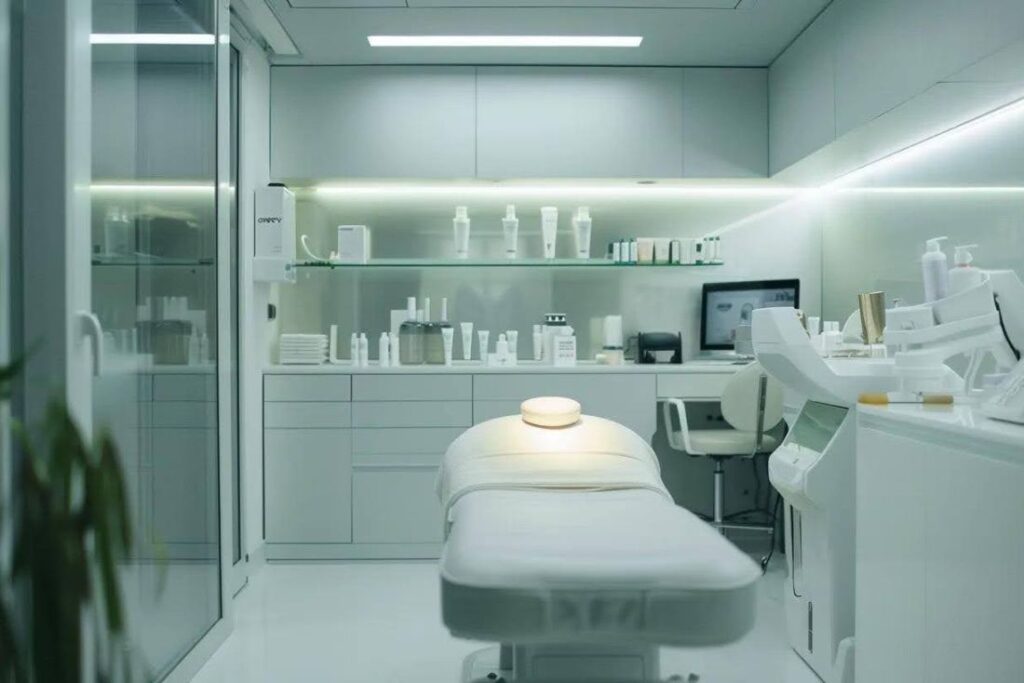
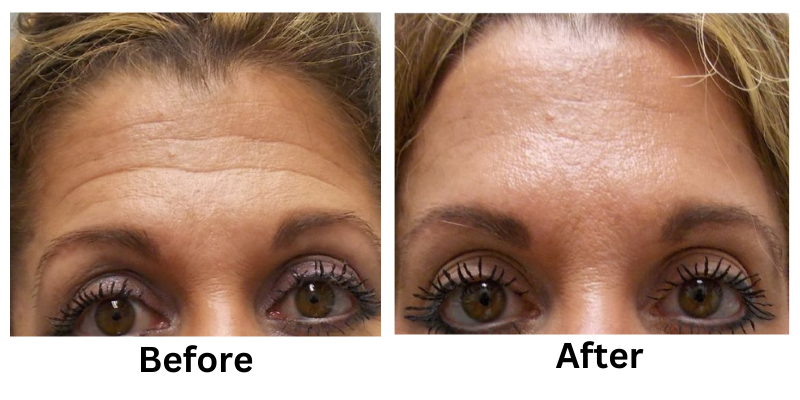
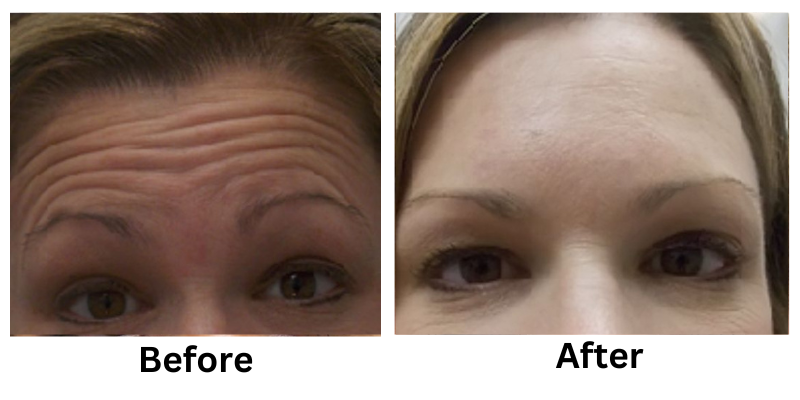
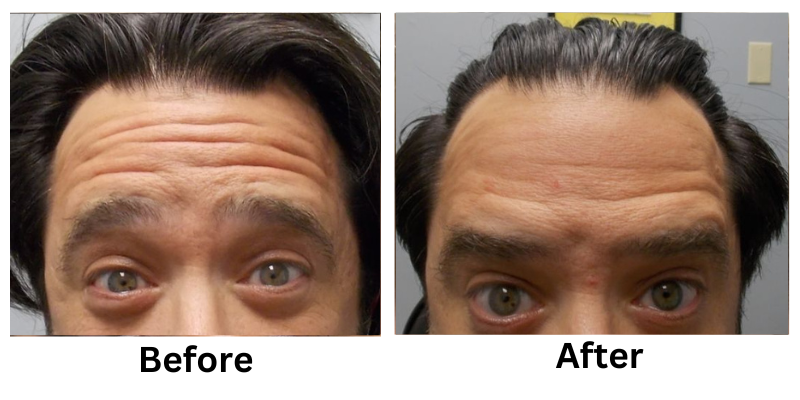
![[thumb]](https://slimmingsolutionsspa.com/wp-content/uploads/2023/12/botox1-150x150.png)
![[thumb]](https://slimmingsolutionsspa.com/wp-content/uploads/2023/12/Before2-150x150.png)
![[thumb]](https://slimmingsolutionsspa.com/wp-content/uploads/2023/12/Before3-150x150.png)
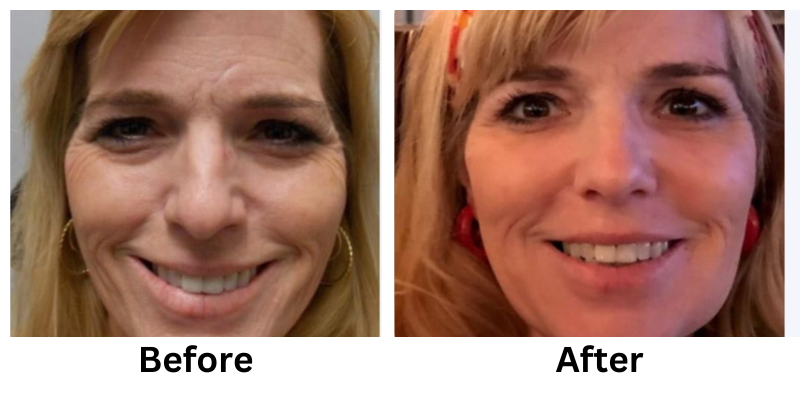

![[thumb]](https://slimmingsolutionsspa.com/wp-content/uploads/2023/12/Liquid-face-150x150.png)
![[thumb]](https://slimmingsolutionsspa.com/wp-content/uploads/2023/12/Liquid-face-1-150x150.png)
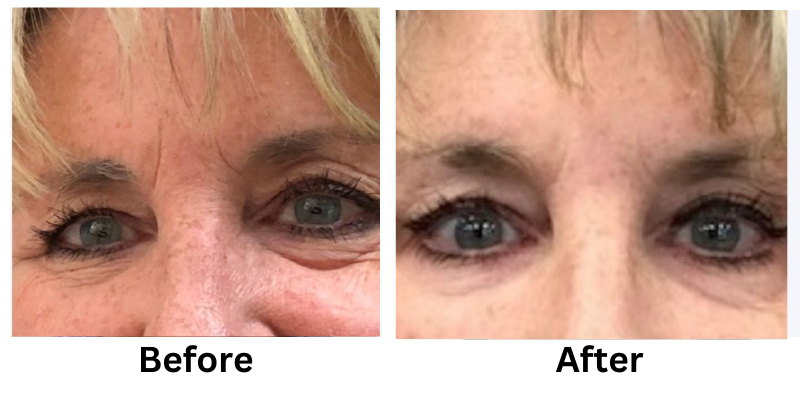
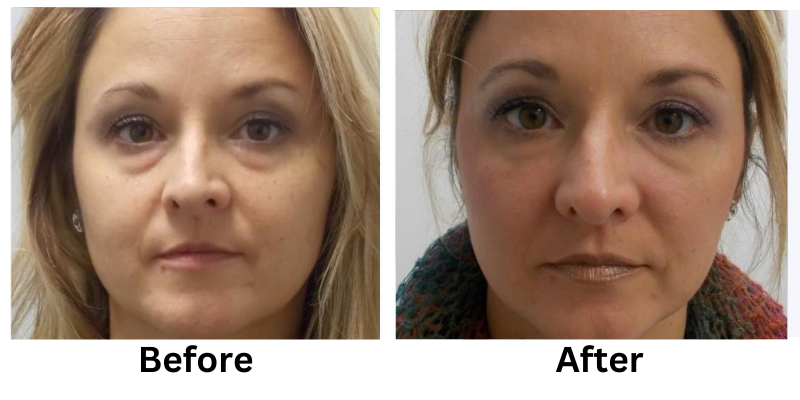
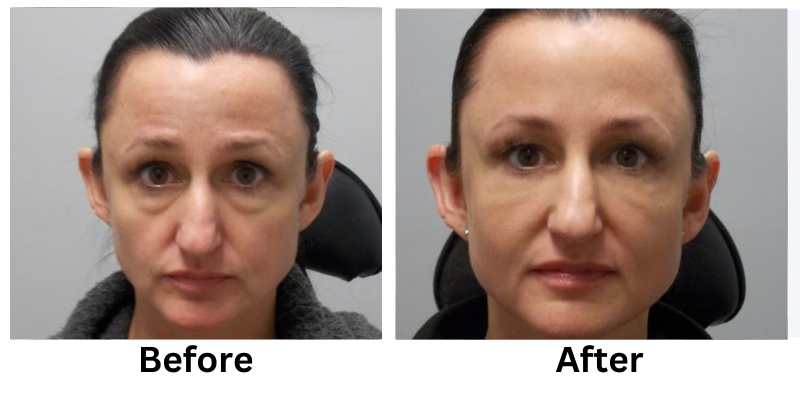
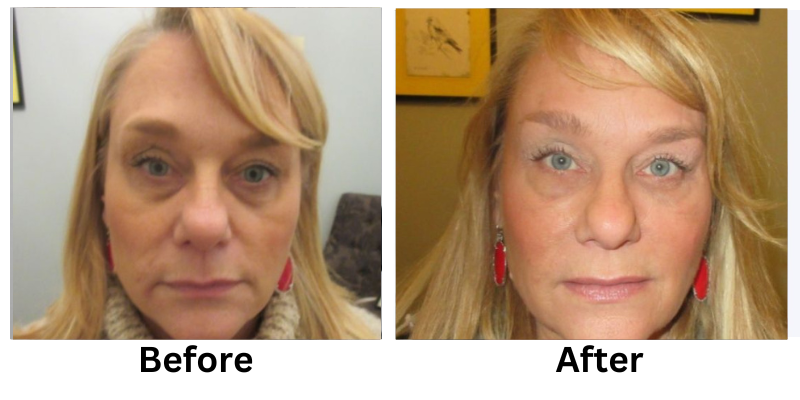


![[thumb]](https://slimmingsolutionsspa.com/wp-content/uploads/2023/12/revanesse-versa-1-150x150.png)
![[thumb]](https://slimmingsolutionsspa.com/wp-content/uploads/2023/12/revanesse-versa-2-150x150.png)
![[thumb]](https://slimmingsolutionsspa.com/wp-content/uploads/2023/12/revanesse-versa-3-150x150.png)
![[thumb]](https://slimmingsolutionsspa.com/wp-content/uploads/2023/12/revanesse-versa-4-150x150.png)
![[thumb]](https://slimmingsolutionsspa.com/wp-content/uploads/2023/12/revanesse-versa-5-150x150.png)
![[thumb]](https://slimmingsolutionsspa.com/wp-content/uploads/2024/01/Eyebrow-treatment-1-1-150x150.png)
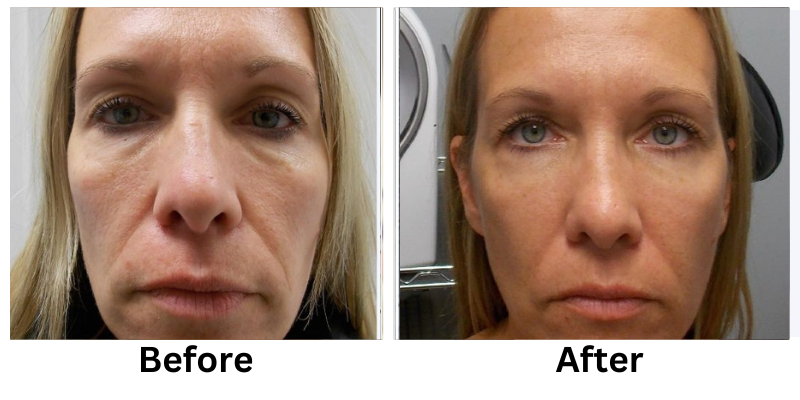
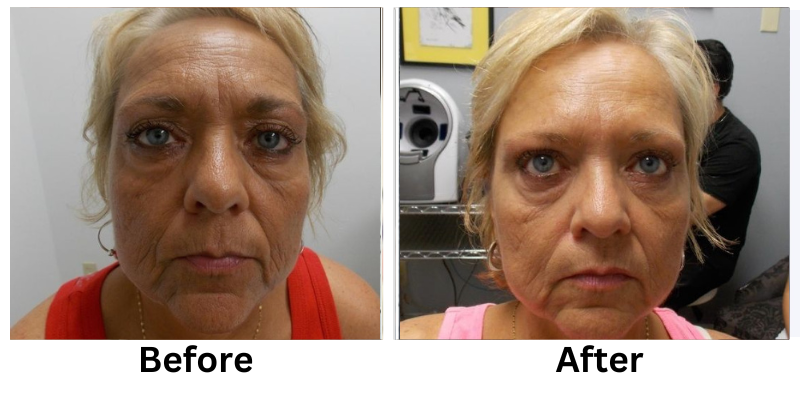
![[thumb]](https://slimmingsolutionsspa.com/wp-content/uploads/2023/12/Skin-Rejuvenation-1-150x150.png)
![[thumb]](https://slimmingsolutionsspa.com/wp-content/uploads/2023/12/Skin-Rejuvenation-2-150x150.png)


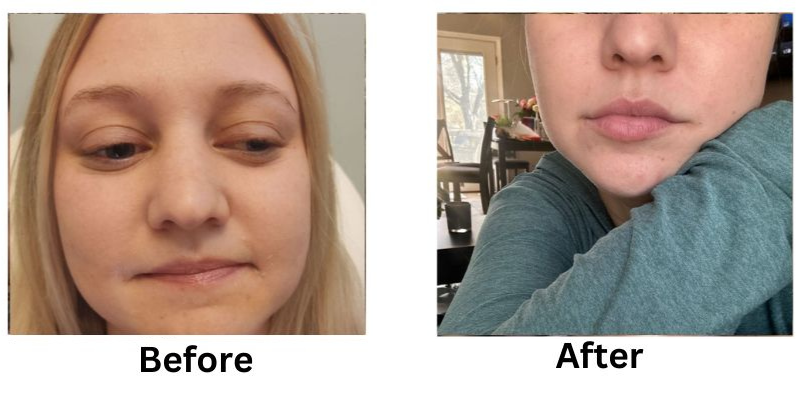
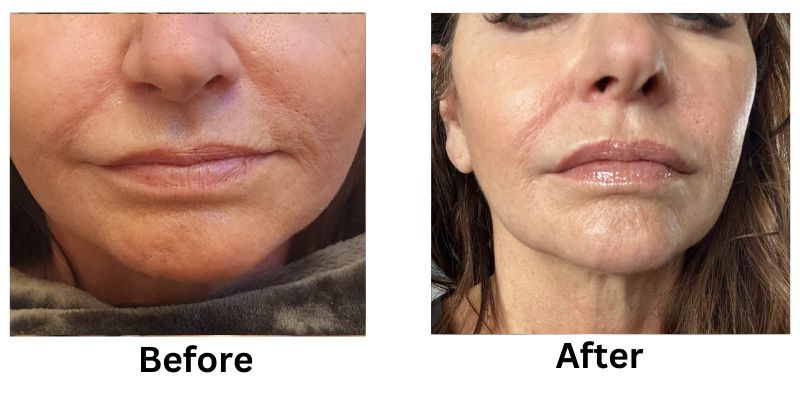
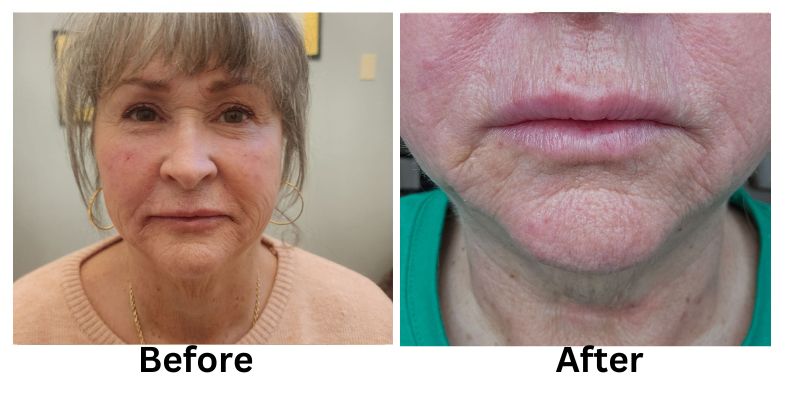
![[thumb]](https://slimmingsolutionsspa.com/wp-content/uploads/2024/01/Lip-Filler-1-150x150.png)
![[thumb]](https://slimmingsolutionsspa.com/wp-content/uploads/2024/01/Lip-Filler-2-150x150.png)
![[thumb]](https://slimmingsolutionsspa.com/wp-content/uploads/2025/02/Lip-Filler-1-150x150.png)
![[thumb]](https://slimmingsolutionsspa.com/wp-content/uploads/2024/01/Lip-Filler-150x150.jpg)
![[thumb]](https://slimmingsolutionsspa.com/wp-content/uploads/2024/01/Before-1-150x150.jpg)
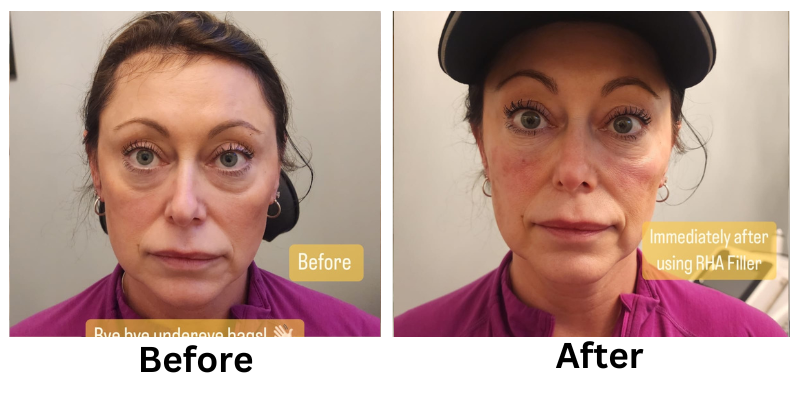
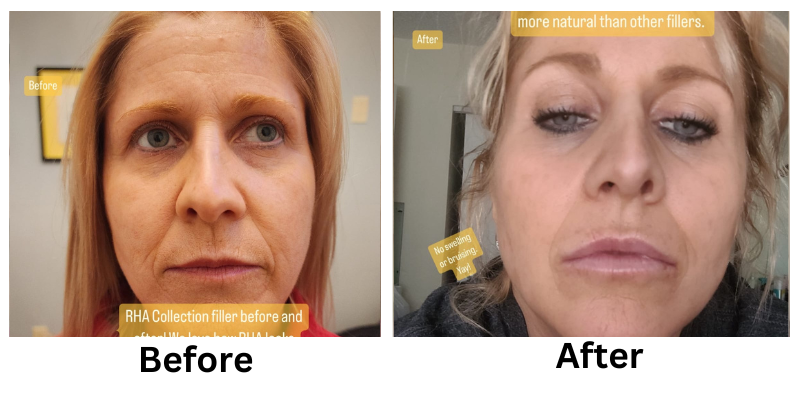

![[thumb]](https://slimmingsolutionsspa.com/wp-content/uploads/2024/01/RHA-Treatmetn-3-150x150.png)
![[thumb]](https://slimmingsolutionsspa.com/wp-content/uploads/2024/01/RHA-Treatmetn-2-150x150.png)
![[thumb]](https://slimmingsolutionsspa.com/wp-content/uploads/2024/01/RHA-Treatmetn-1-150x150.png)
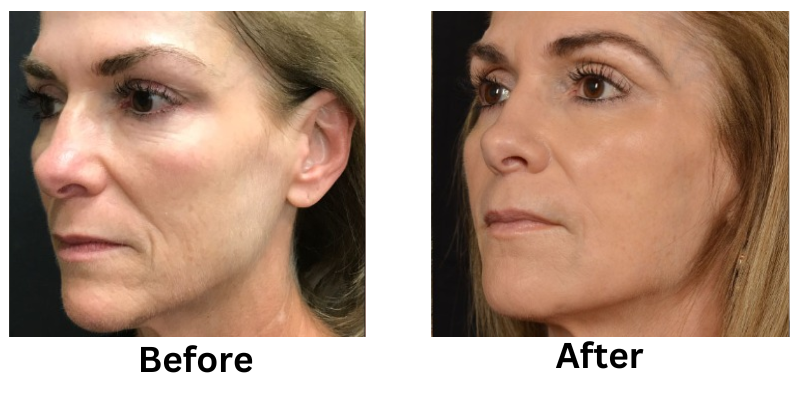
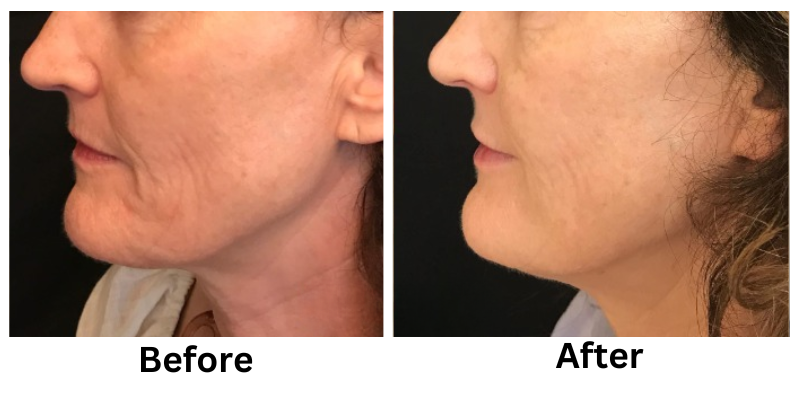
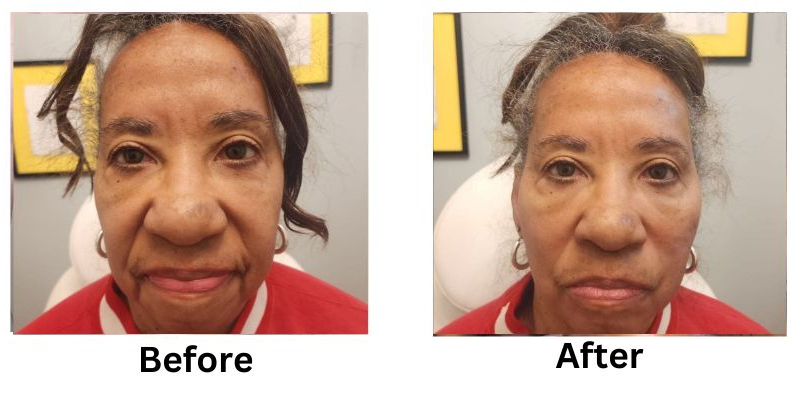
![[thumb]](https://slimmingsolutionsspa.com/wp-content/uploads/2024/01/Thread-Lifts-1-150x150.png)
![[thumb]](https://slimmingsolutionsspa.com/wp-content/uploads/2024/01/Thread-Lifts-2-150x150.png)
![[thumb]](https://slimmingsolutionsspa.com/wp-content/uploads/2025/02/Lip-Filler-2-150x150.png)
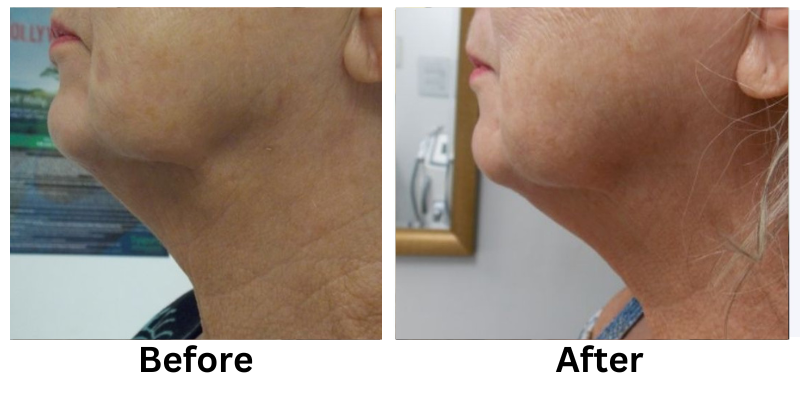
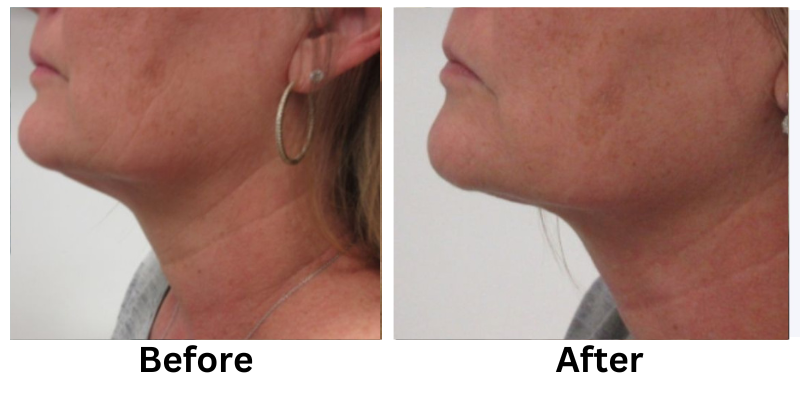

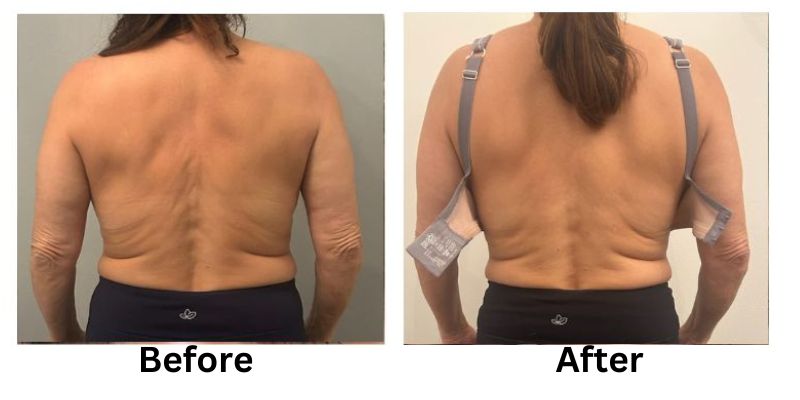
![[thumb]](https://slimmingsolutionsspa.com/wp-content/uploads/2023/12/skin-reuvulation1-150x150.png)
![[thumb]](https://slimmingsolutionsspa.com/wp-content/uploads/2023/12/skin-rejuvulation-2-150x150.png)
![[thumb]](https://slimmingsolutionsspa.com/wp-content/uploads/2023/12/Skin-Tighting-150x150.png)
![[thumb]](https://slimmingsolutionsspa.com/wp-content/uploads/2023/12/Before-150x150.jpg)
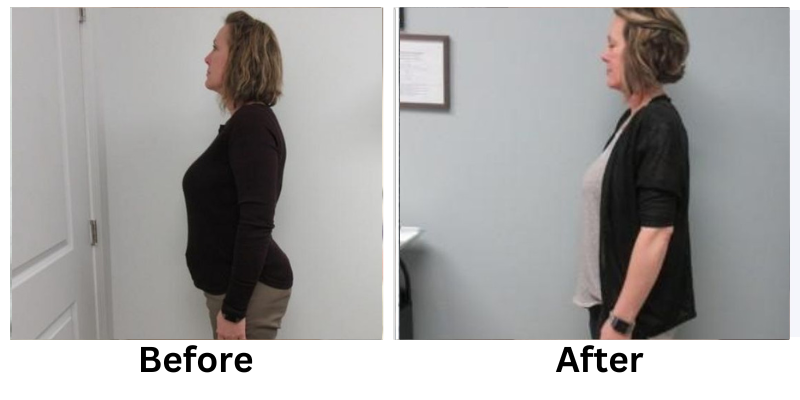
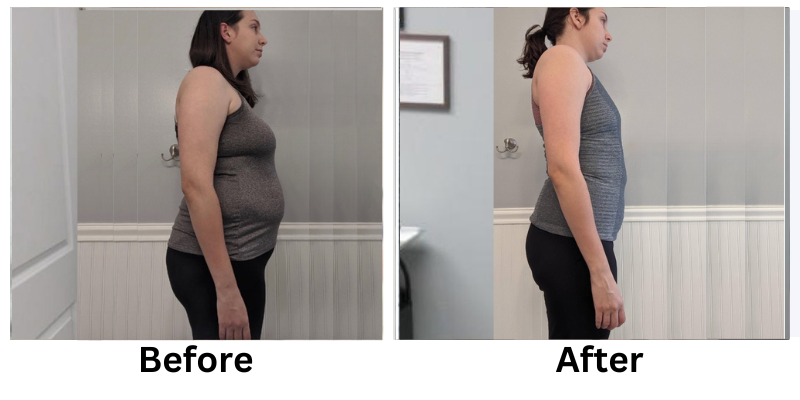
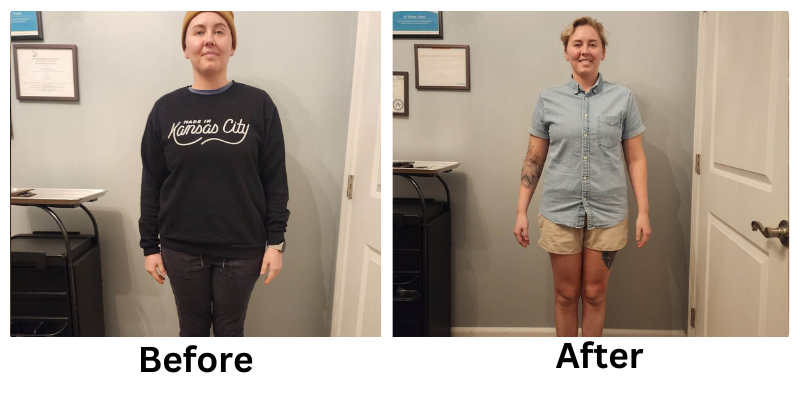
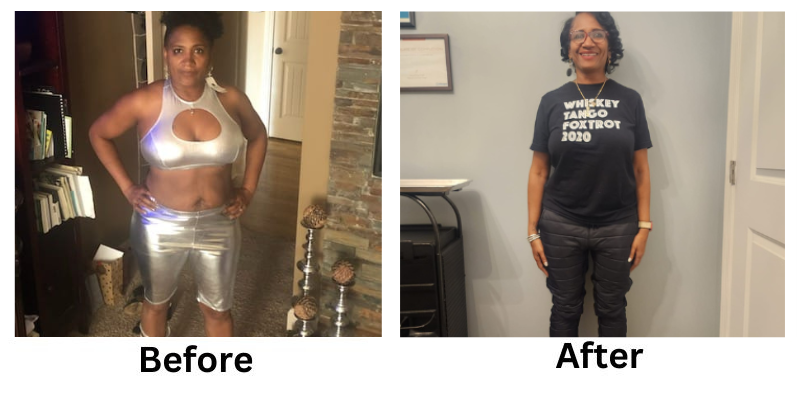
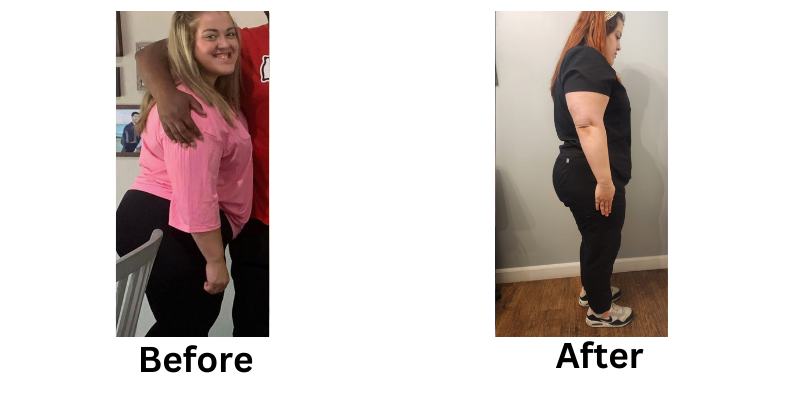
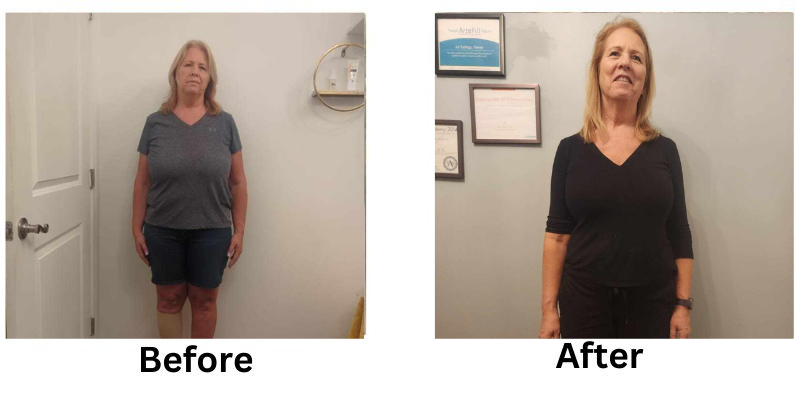
![[thumb]](https://slimmingsolutionsspa.com/wp-content/uploads/2023/12/weightloss-1-150x150.png)
![[thumb]](https://slimmingsolutionsspa.com/wp-content/uploads/2023/12/weightloss-2-150x150.png)
![[thumb]](https://slimmingsolutionsspa.com/wp-content/uploads/2023/12/2Weight-Loss-2-150x150.png)
![[thumb]](https://slimmingsolutionsspa.com/wp-content/uploads/2025/02/Weight-Loss-1-new-150x150.png)
![[thumb]](https://slimmingsolutionsspa.com/wp-content/uploads/2023/12/Weight-Loss-3-150x150.png)
![[thumb]](https://slimmingsolutionsspa.com/wp-content/uploads/2025/03/Slimming-Solutions-BA-Template-150x150.png)

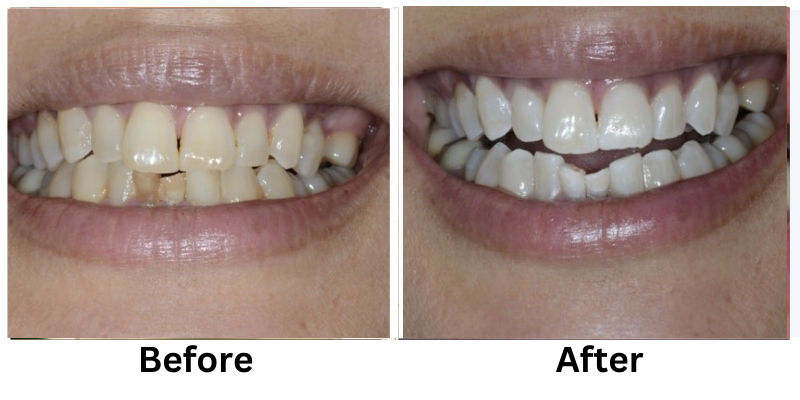
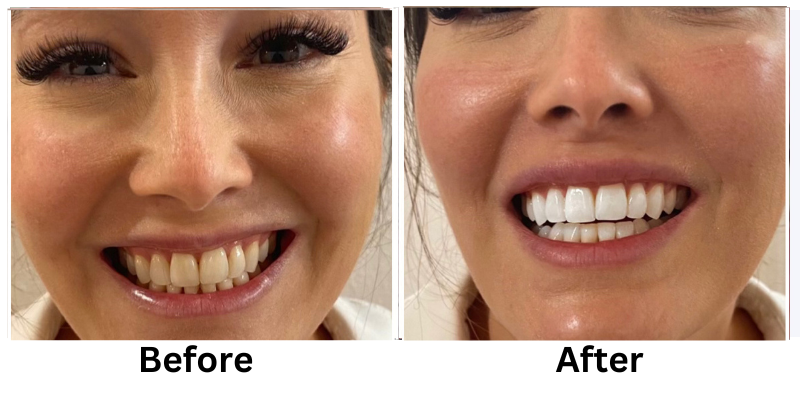

![[thumb]](https://slimmingsolutionsspa.com/wp-content/uploads/2023/12/dat3-150x150.png)
![[thumb]](https://slimmingsolutionsspa.com/wp-content/uploads/2023/12/dat-0-150x150.png)
![[thumb]](https://slimmingsolutionsspa.com/wp-content/uploads/2023/12/dat-1-150x150.png)
![[thumb]](https://slimmingsolutionsspa.com/wp-content/uploads/2023/12/Before-1-150x150.png)


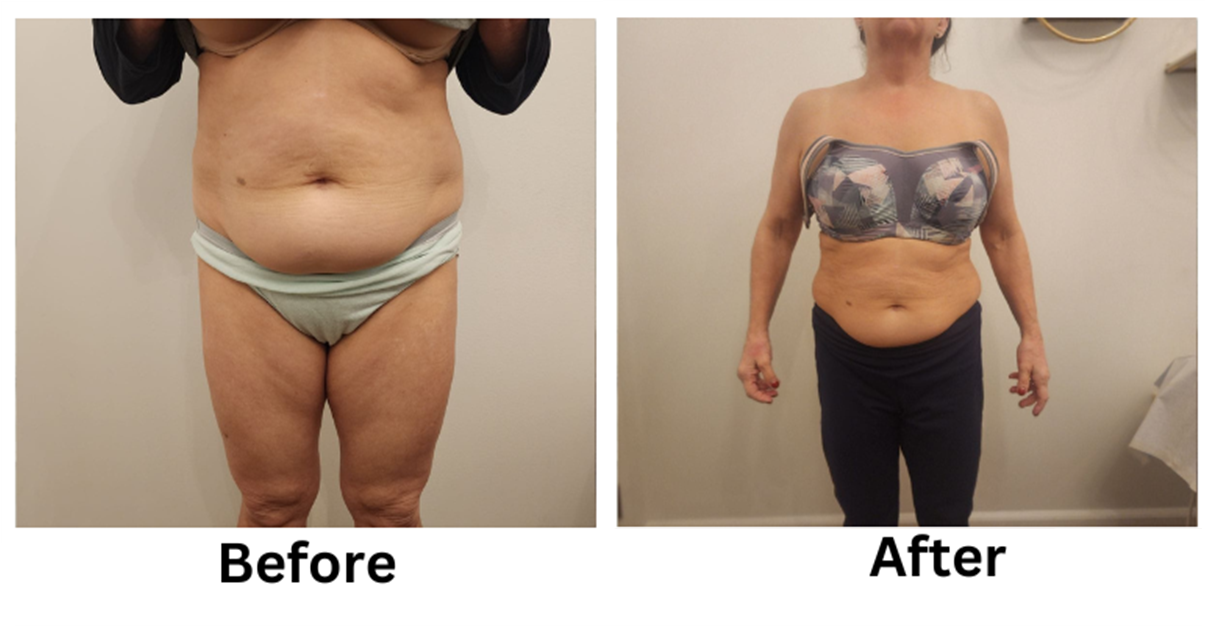
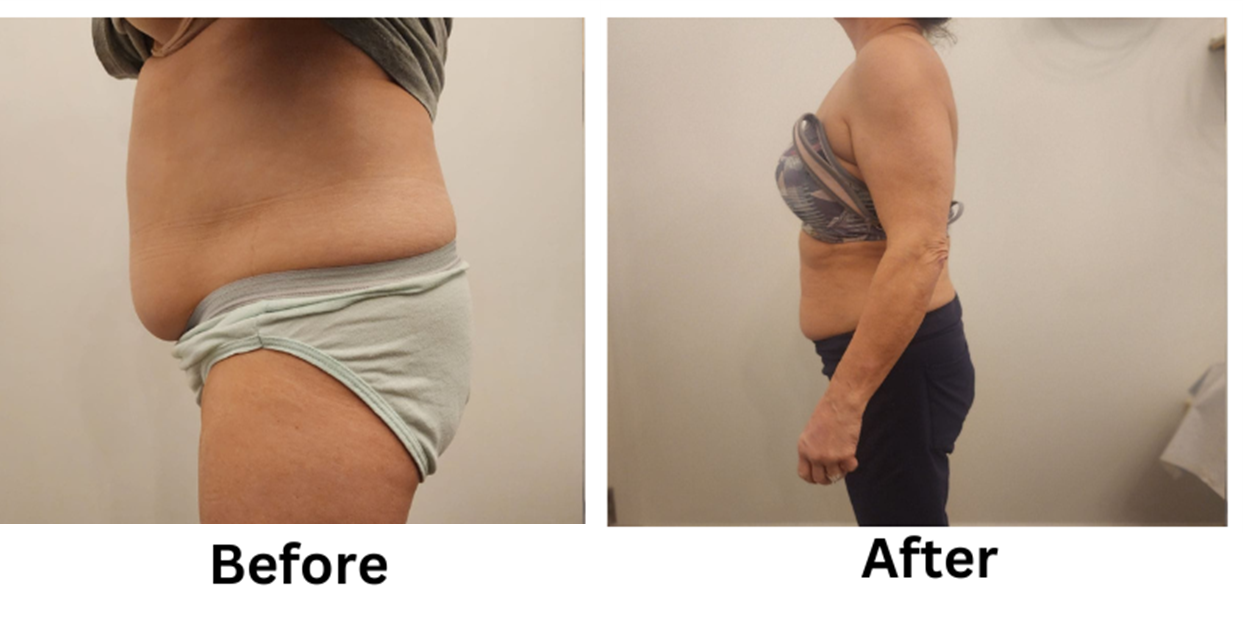
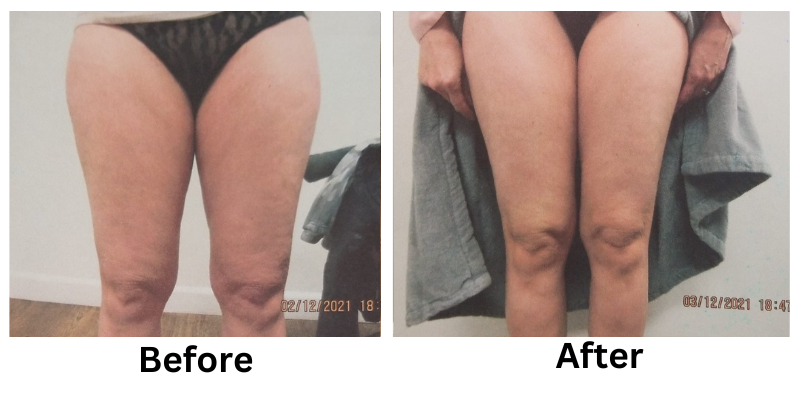
![[thumb]](https://slimmingsolutionsspa.com/wp-content/uploads/2024/01/EMS-Treatment-2-150x150.png)
![[thumb]](https://slimmingsolutionsspa.com/wp-content/uploads/2024/01/EMS-Treatment-1-150x150.png)
![[thumb]](https://slimmingsolutionsspa.com/wp-content/uploads/2025/02/ems-BNA-front-150x150.png)
![[thumb]](https://slimmingsolutionsspa.com/wp-content/uploads/2025/02/EMS-bna-SIDE-150x150.png)
![[thumb]](https://slimmingsolutionsspa.com/wp-content/uploads/2024/01/EMS-Treatment-6-150x150.png)
